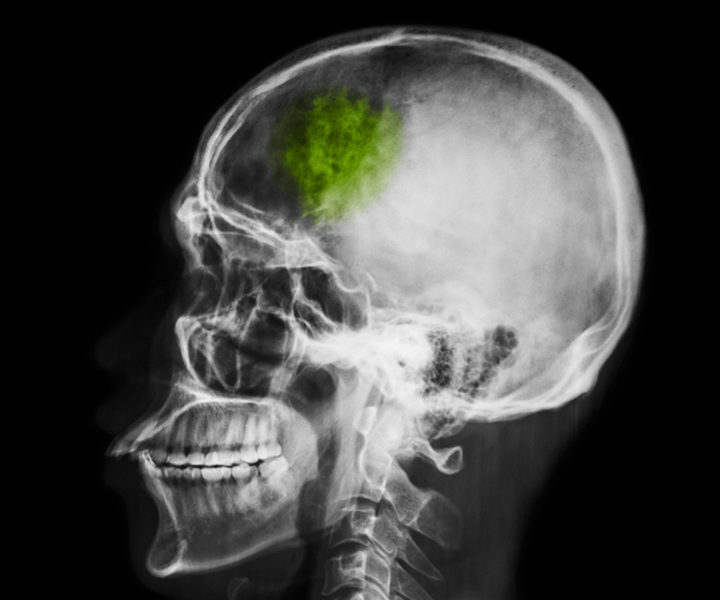Composed of parts of the brain and the inner ear, the vestibular system is what helps you control eye movements and balance. If your vestibular system becomes impaired due to injury, disease, or aging, you may experience one or more of the following symptoms:
- Dizziness or vertigo
- Disruption in vision
- Hearing changes
- Spatial disorientation and imbalance
- Psychological and/or cognitive modifications
What is Vertigo?
One of the symptoms of vestibular disorders, vertigo or dizziness is characterized by a feeling of whirling or spinning, even if the person experiencing it, is not moving. Nausea, lightheadedness, and the feeling of being pulled in one direction, are other common signs of a vertigo attack.
What are the Common Causes of Vestibular Disorders?
More than 10 million patients see their doctors because of dizziness. In fact, it is the most common condition that affects patients over 75 years old. Dizziness, however, can affect patients at any age.
While typically not serious, dizziness often signals a mechanical issue. An inner ear disorder and osteoporosis are two of the most common vertigo attack causes. Of course, dizziness can also be a symptom of a more serious problem involving the heart or the brain.
Inner Ear Dysfunction
Inside the inner ear, you’ll find a system of tube and sacs filled with fluid. This system is called the labyrinth, which serves an important function in both hearing and balance. The brain processes signals it receives from both the left and right ears so if there is a problem on either one, there is a mismatch of signals received by the brain, which results in headache and dizziness.
Osteoporosis
A study published in the American Academy of Neurology found that compared to individuals who had normal bone density, people with osteoporosis were three times more likely to experience vertigo while people with osteopenia (the phase before osteoporosis) were twice as likely to experience vertigo. Many experts believe that this is due to issues related to calcium metabolism.
Solutions We Offer
Vestibular rehabilitation is a solution we provide those suffering from vestibular disorders or vertigo signs and symptoms. A specially designed exercise-based program, vestibular rehabilitation aims to improve balance and reduce vertigo-related problems. The three basic methods of exercise included in most rehabilitation programs are Gaze Stabilization, Balance Training, and Habituation.
Gaze Stabilization
Gaze stabilization exercises are appropriate for patients who complain about not being able to see clearly as their surroundings seem to bounce around.To promote gaze stability, two kinds of eye and head exercises are employed. Determining which exercise to use depends on the type as well as the extent of the patient’s vestibular disorders.
Balance Training
Balance training exercises are helpful in enhancing steadiness so patients can successfully perform everyday activities related to work, self-care, and leisure.The program for balance training exercises takes into account the underlying balance issues specific to the patient. Furthermore, these exercises are designed to help the patient navigate through environmental barriers safely.
Habituation
The preceding exercise methods, however, are not appropriate for patients with Benign Paroxysmal Positional Vertigo or BPPV, which is treated either through Canalith repositioning or surgery (in rare cases).
Canalith repositioning involves the performance of several slow and simple movements for the positioning of the head. The goal of the exercise is to move particles from the labyrinth into a vestibule that contains one of the otolith organs in the ear. Each position is held for around 30 seconds or after any abnormal movements of the eye stop. Patients often experience relief after one or two sessions.
Because dizziness could be due to several causes, vestibular rehabilitation programs are specific to each individual. A specialized therapist is imperative in discovering the problem and developing a specific treatment program for a successful recovery from this debilitating condition.
As a result of the rehabilitation program, the patient can expect:
- A decrease in the signs and symptoms of dizziness
- Improved ability to stabilize vision
- Improved balance
- Decreased risk of falling
- Improved neck motion
- Restoration or prior function or movement level
- Increased body strength
- Increased confidence in the patient’s ability to keep his or her balance


